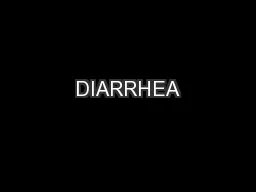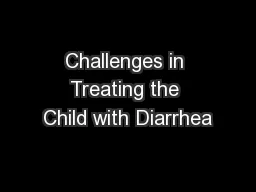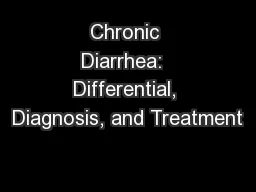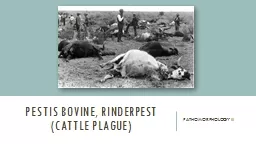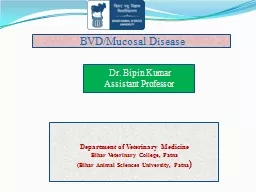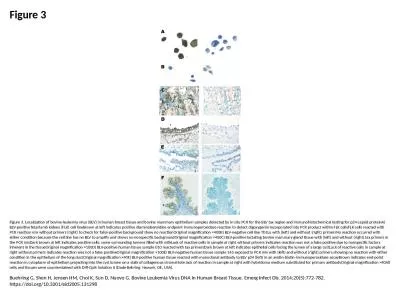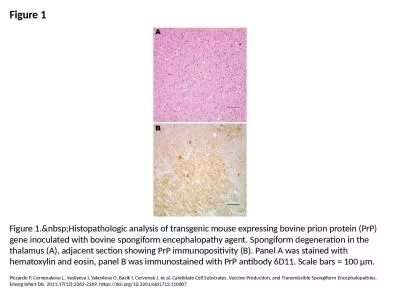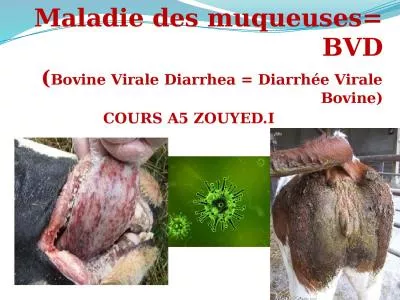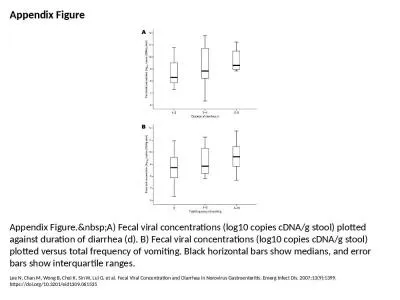PPT-Bovine viral diarrhea (BVD)
Author : pamela | Published Date : 2024-02-09
is most common in young cattle 624 mo old The clinical presentation can range from inapparent or subclinical infection to acute and severe enteric disease to the
Presentation Embed Code
Download Presentation
Download Presentation The PPT/PDF document "Bovine viral diarrhea (BVD)" is the property of its rightful owner. Permission is granted to download and print the materials on this website for personal, non-commercial use only, and to display it on your personal computer provided you do not modify the materials and that you retain all copyright notices contained in the materials. By downloading content from our website, you accept the terms of this agreement.
Bovine viral diarrhea (BVD): Transcript
Download Rules Of Document
"Bovine viral diarrhea (BVD)"The content belongs to its owner. You may download and print it for personal use, without modification, and keep all copyright notices. By downloading, you agree to these terms.
Related Documents


